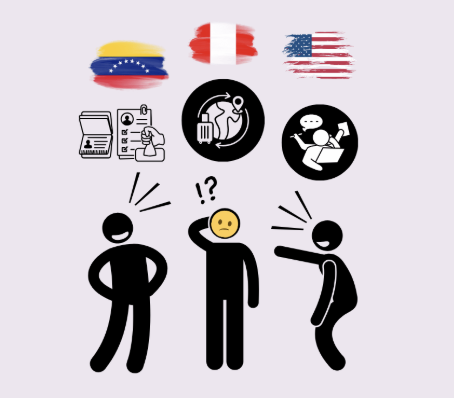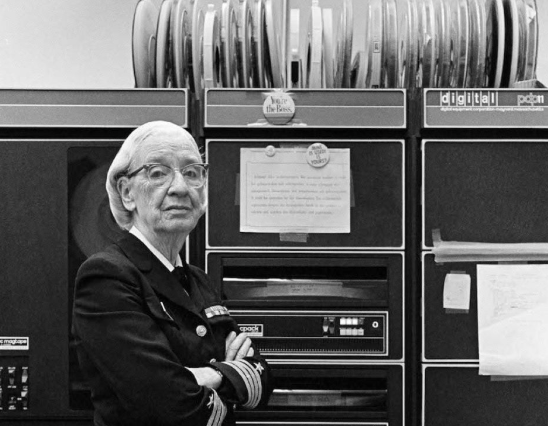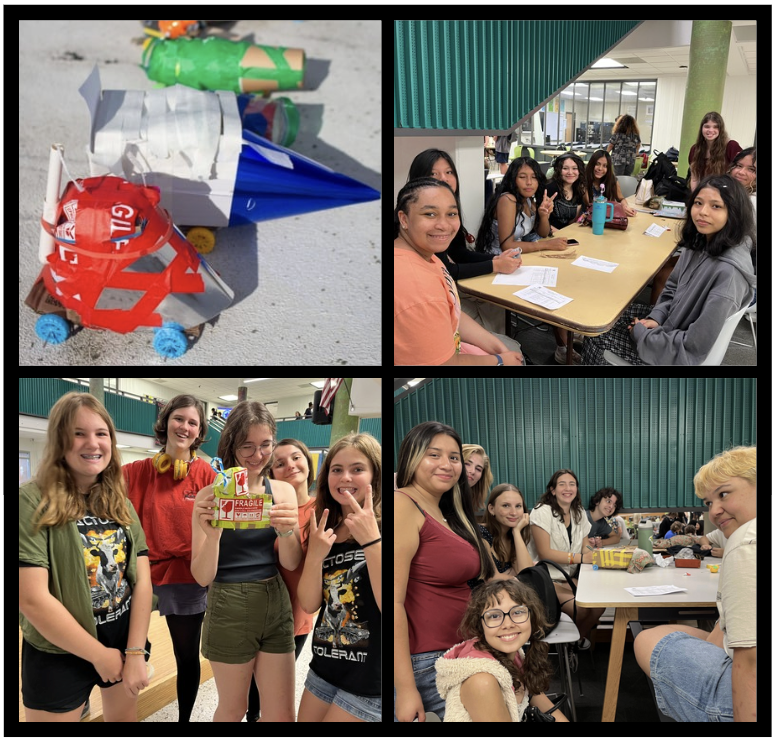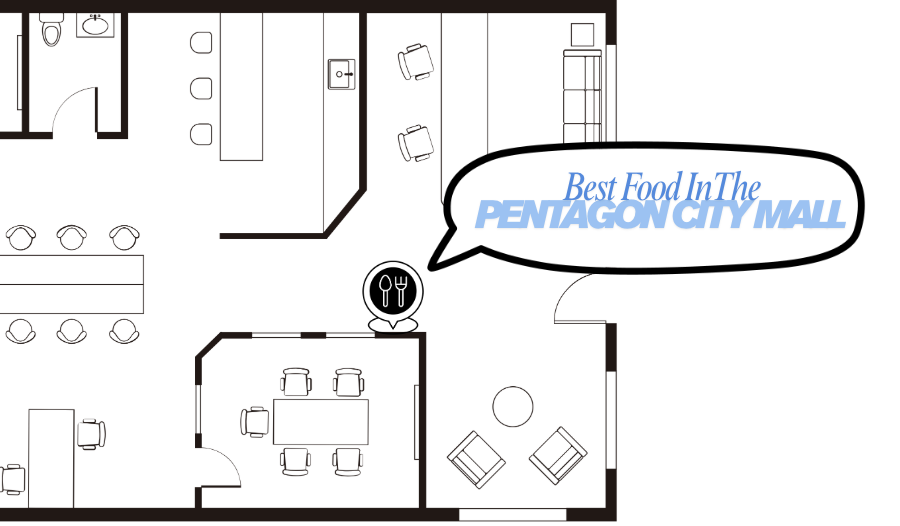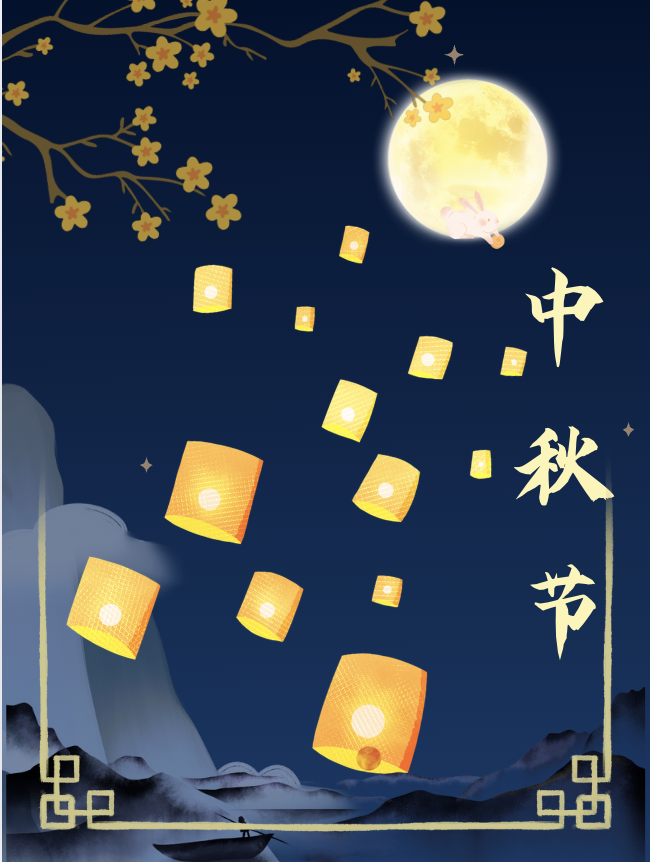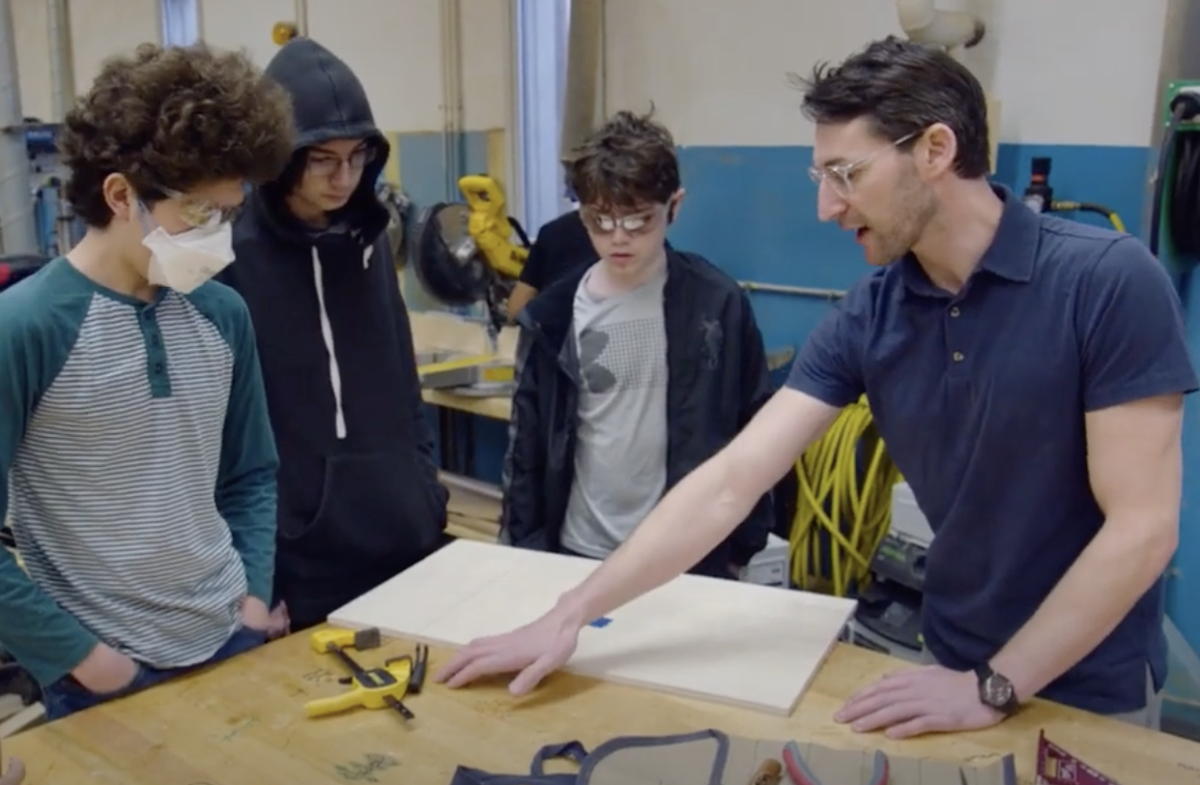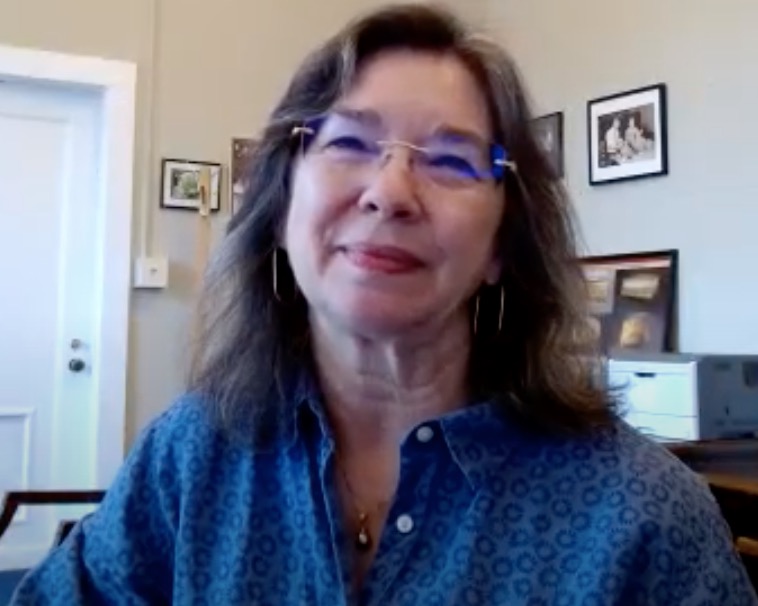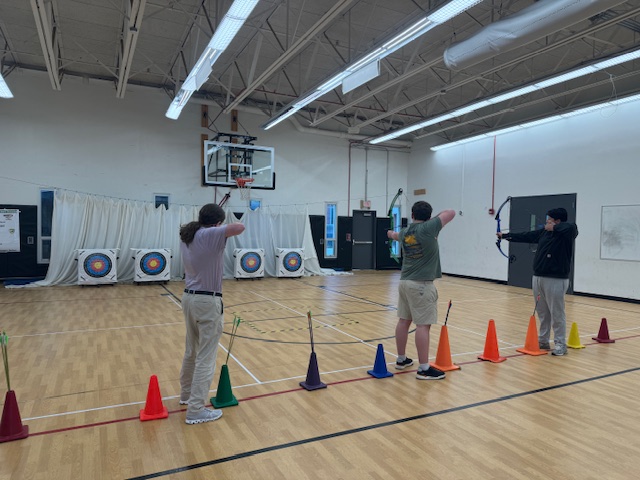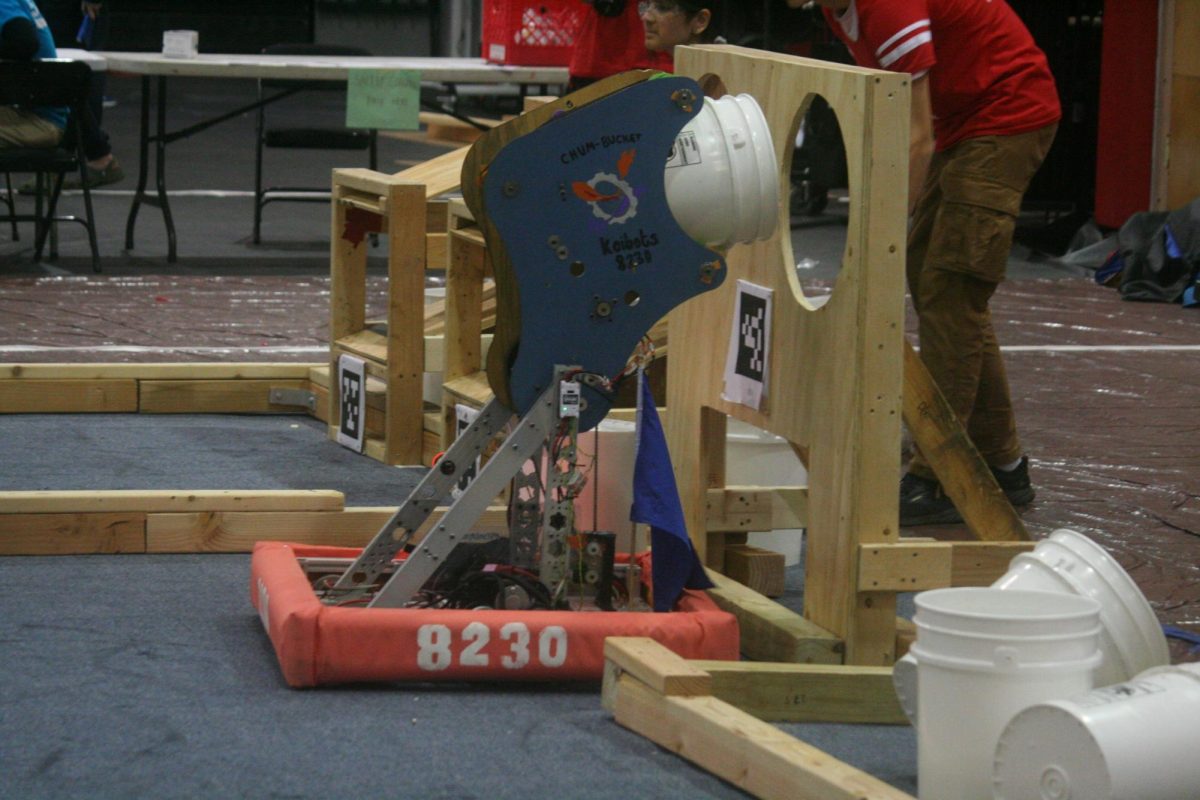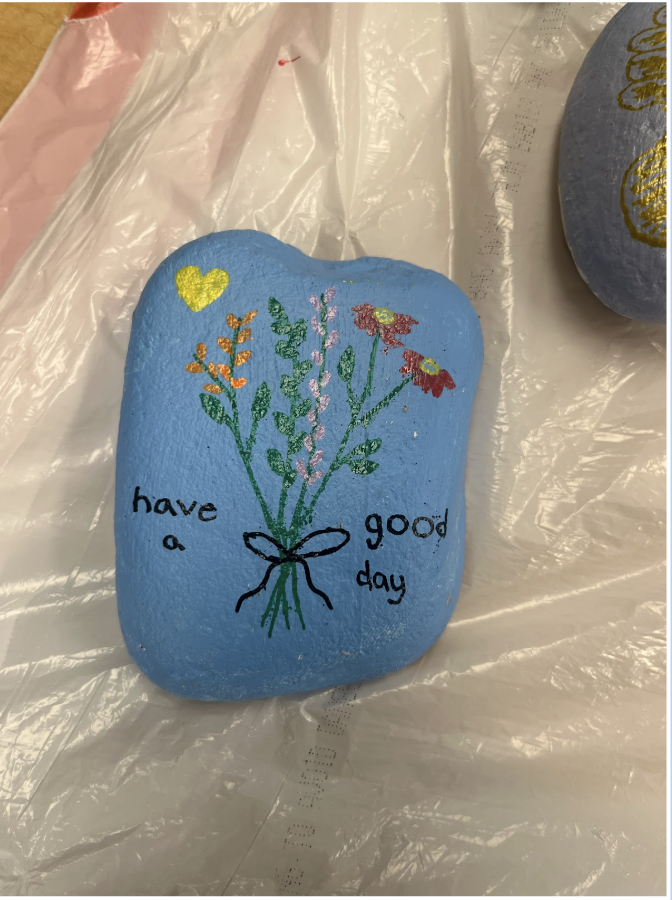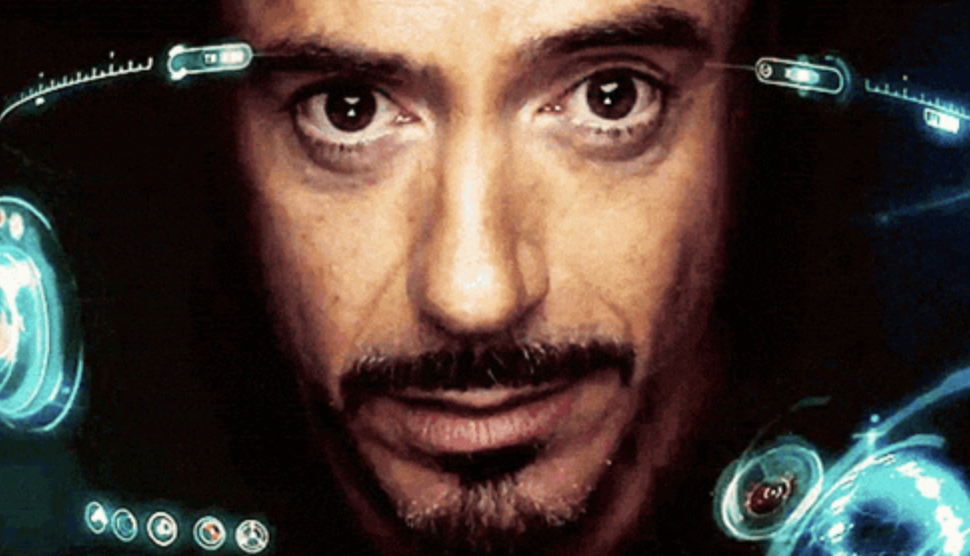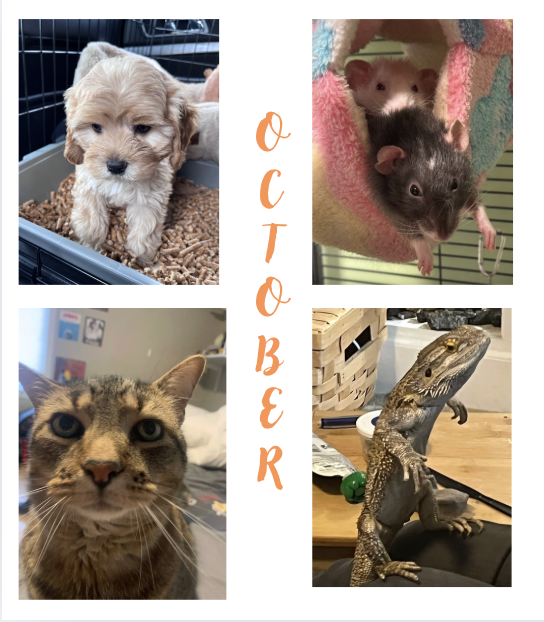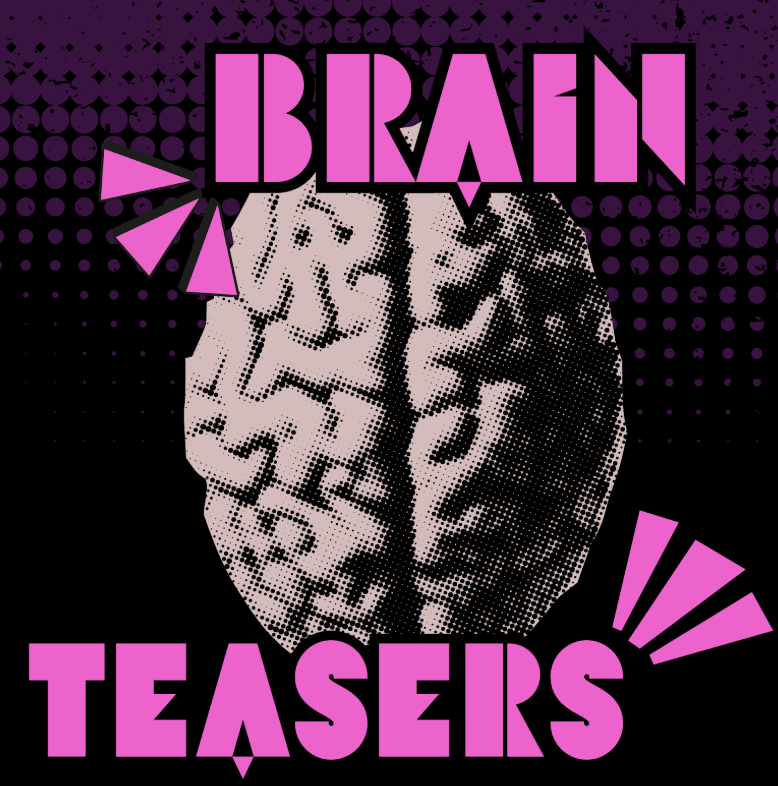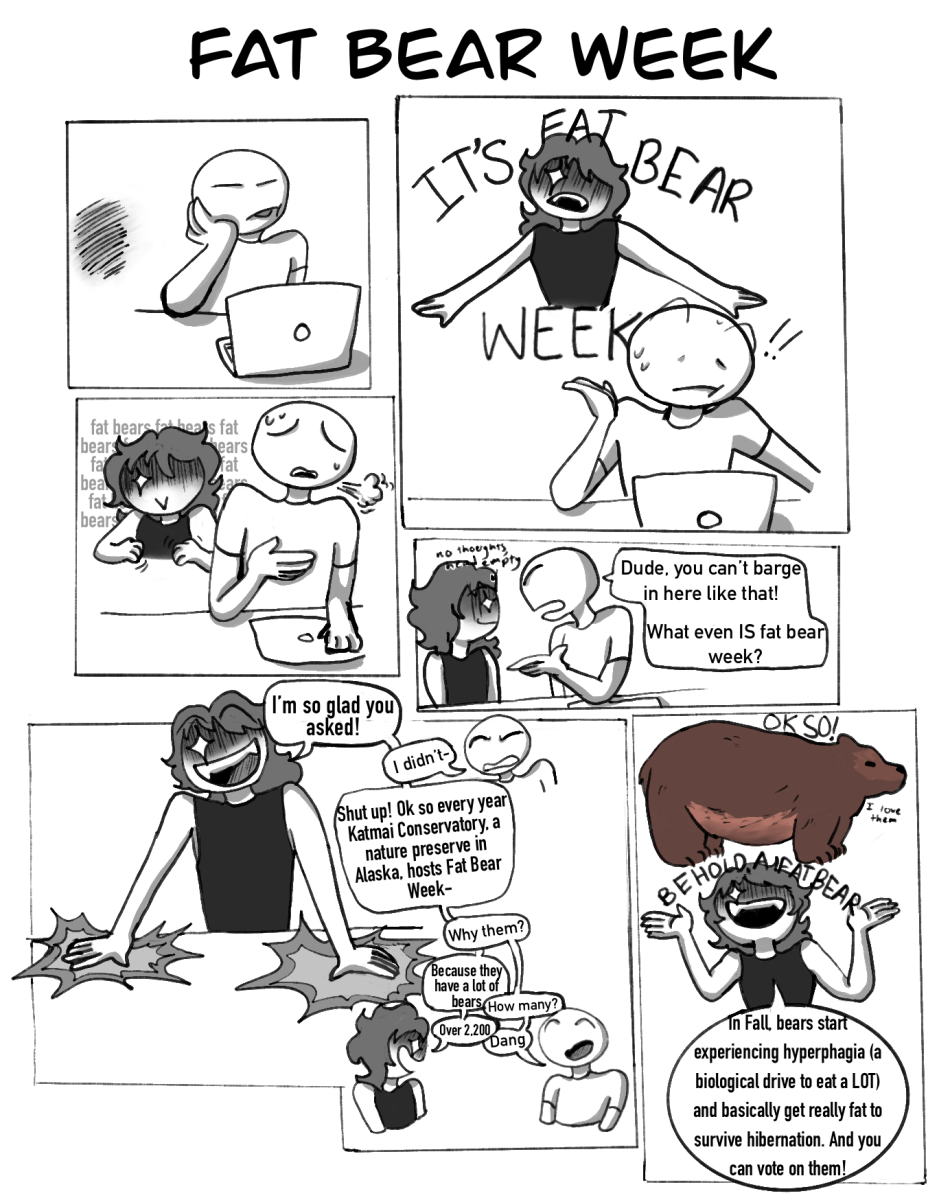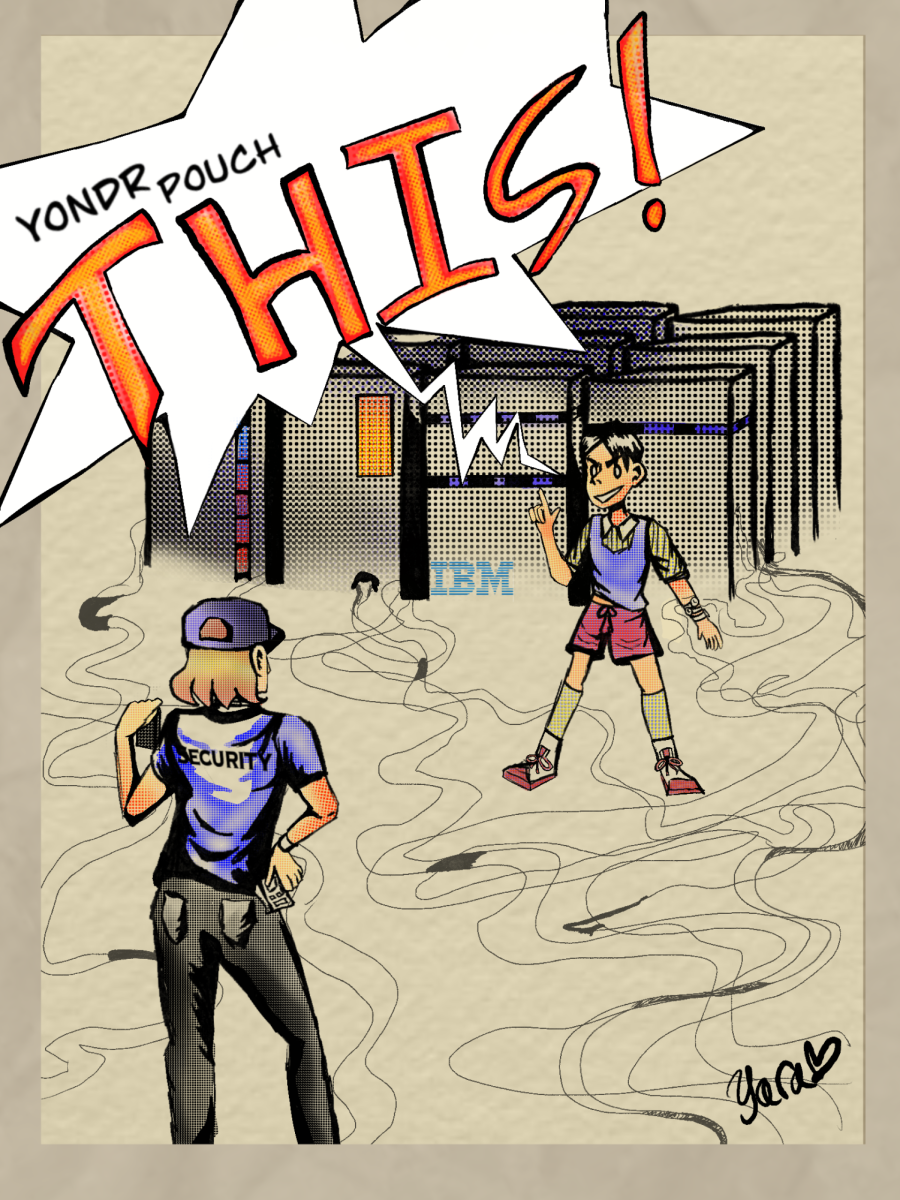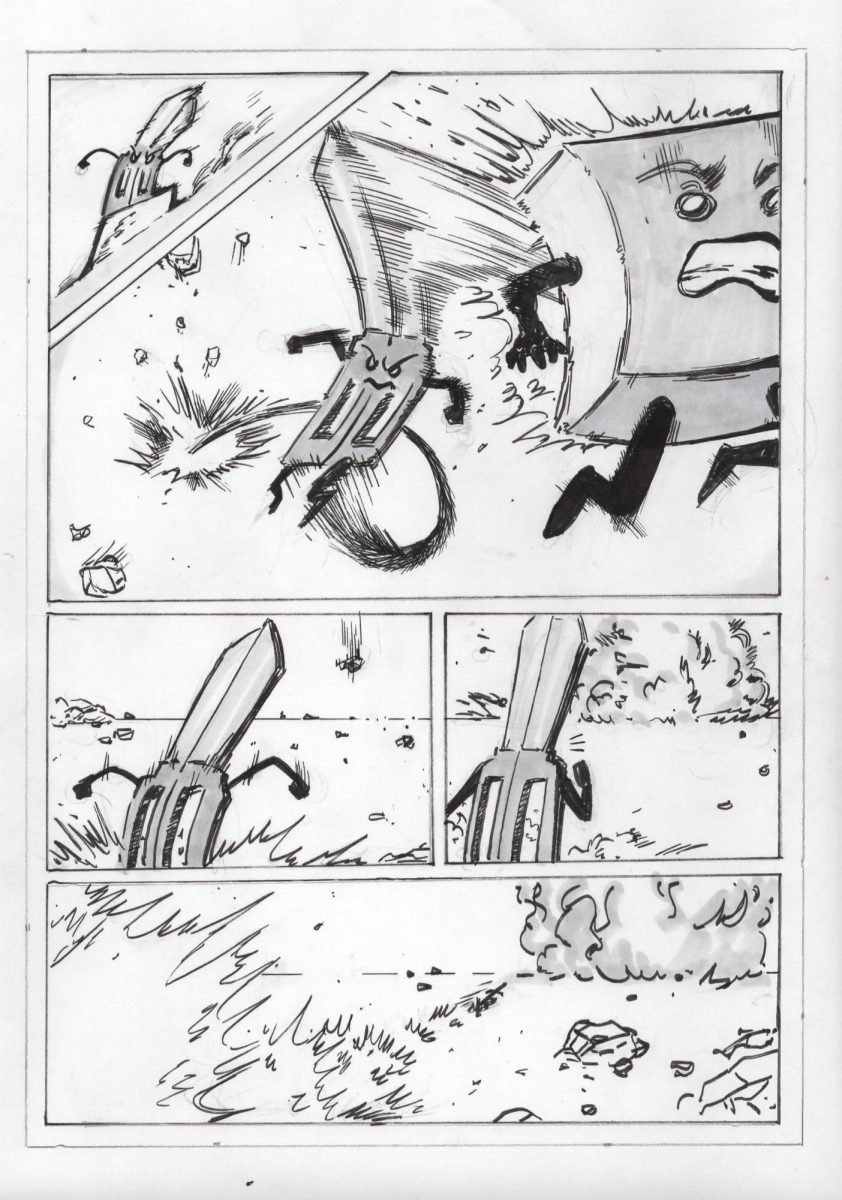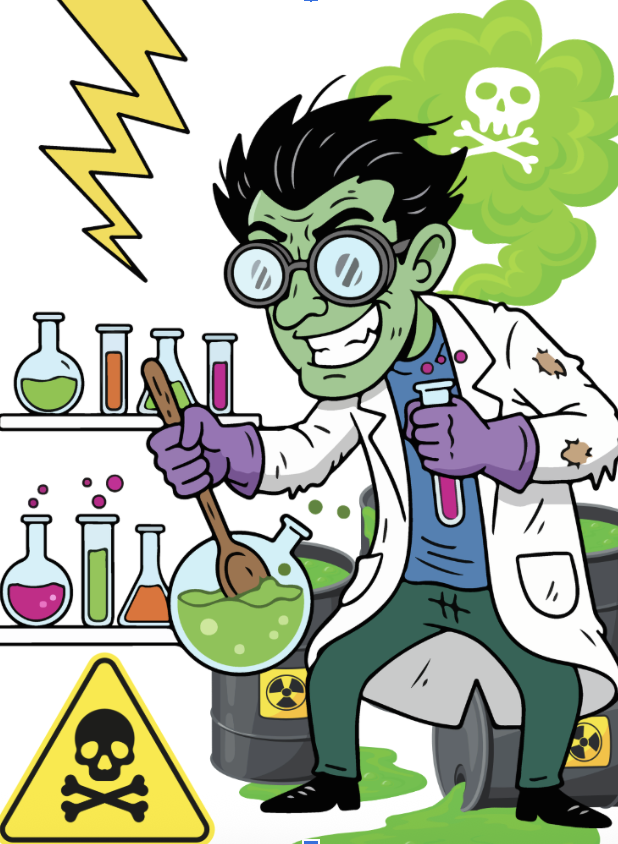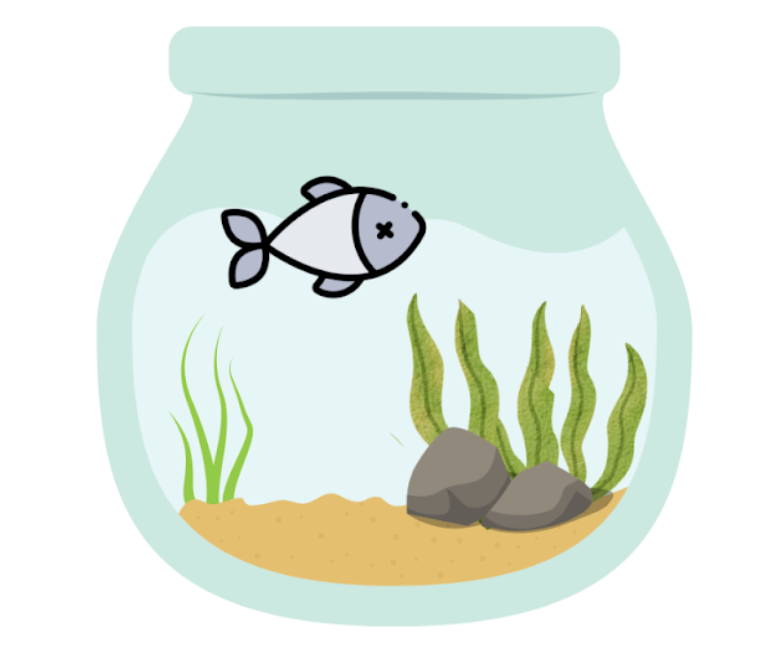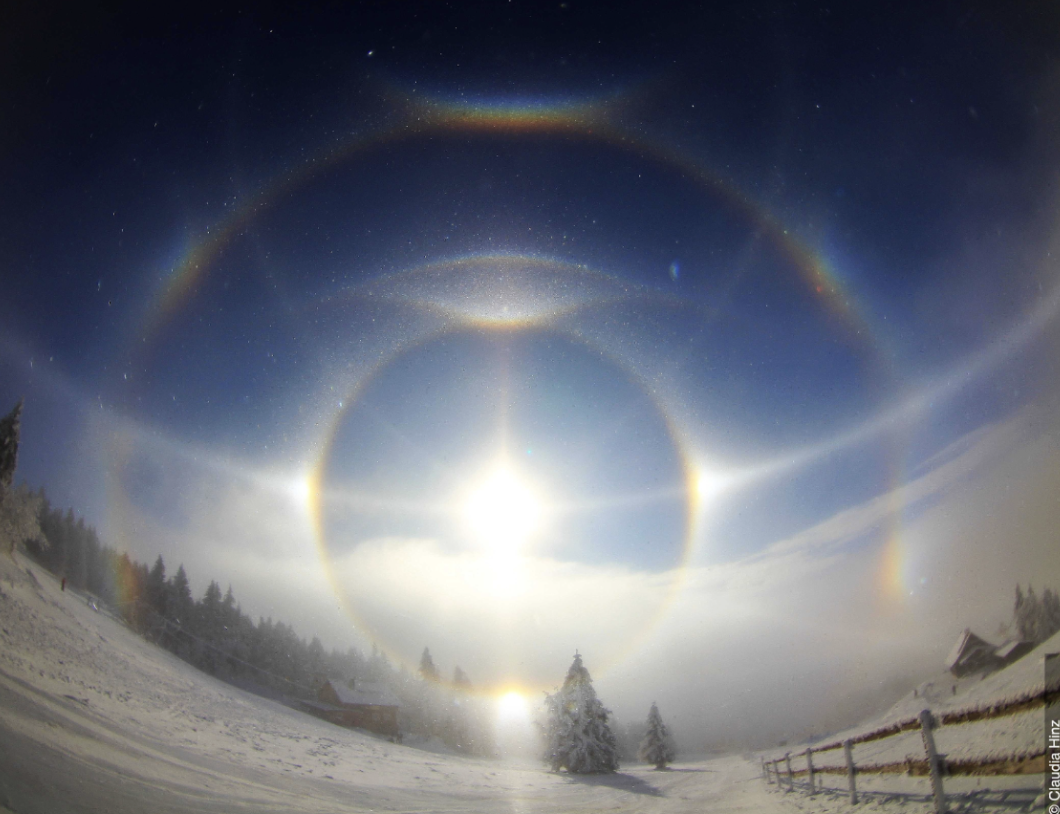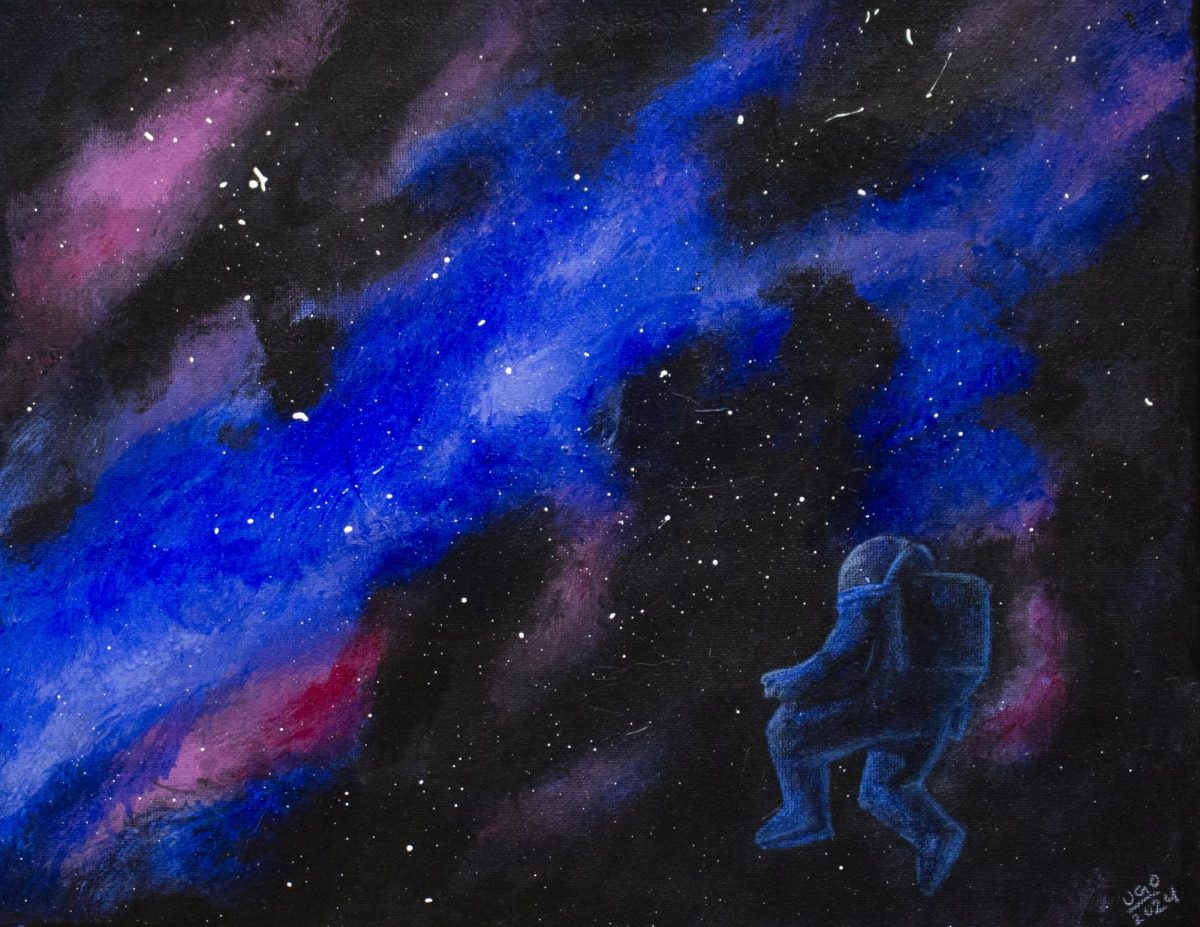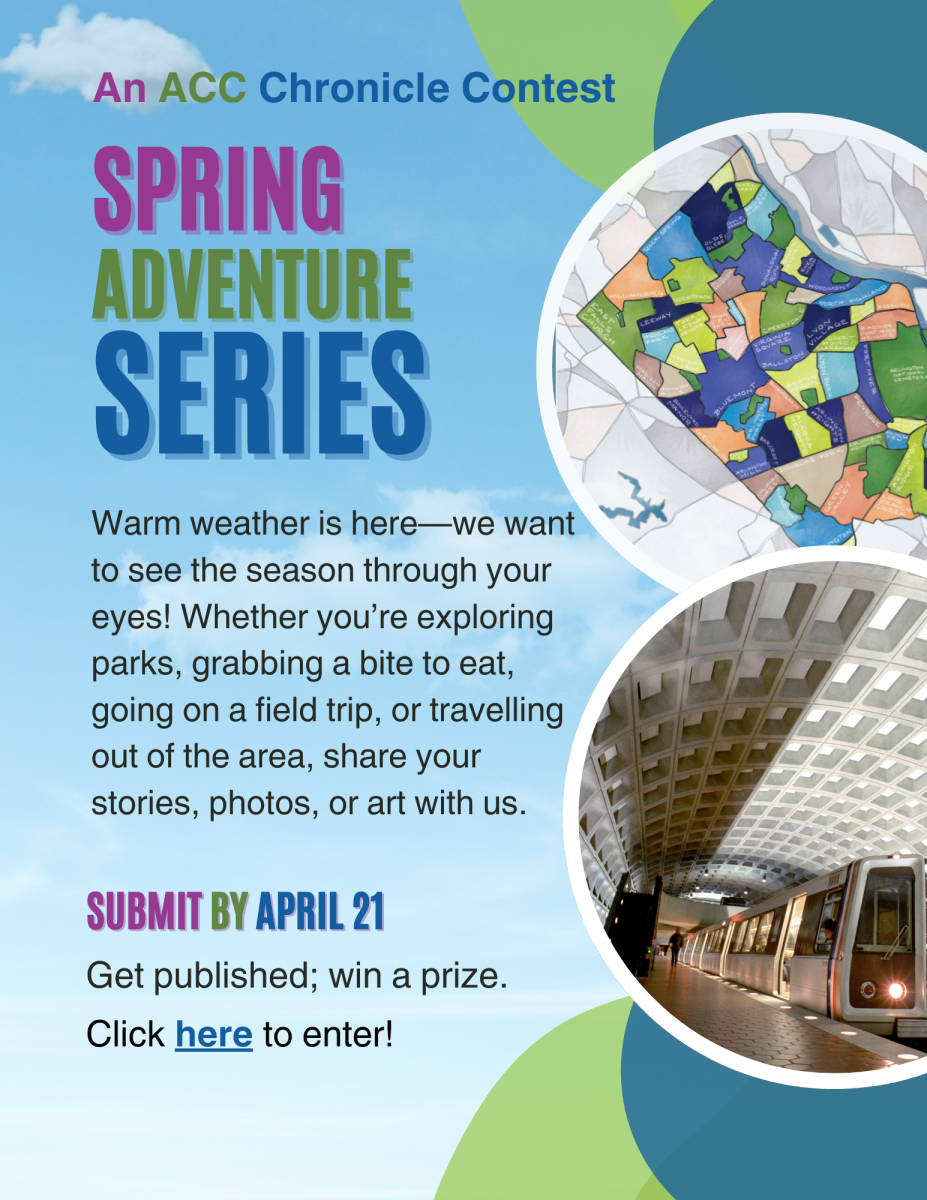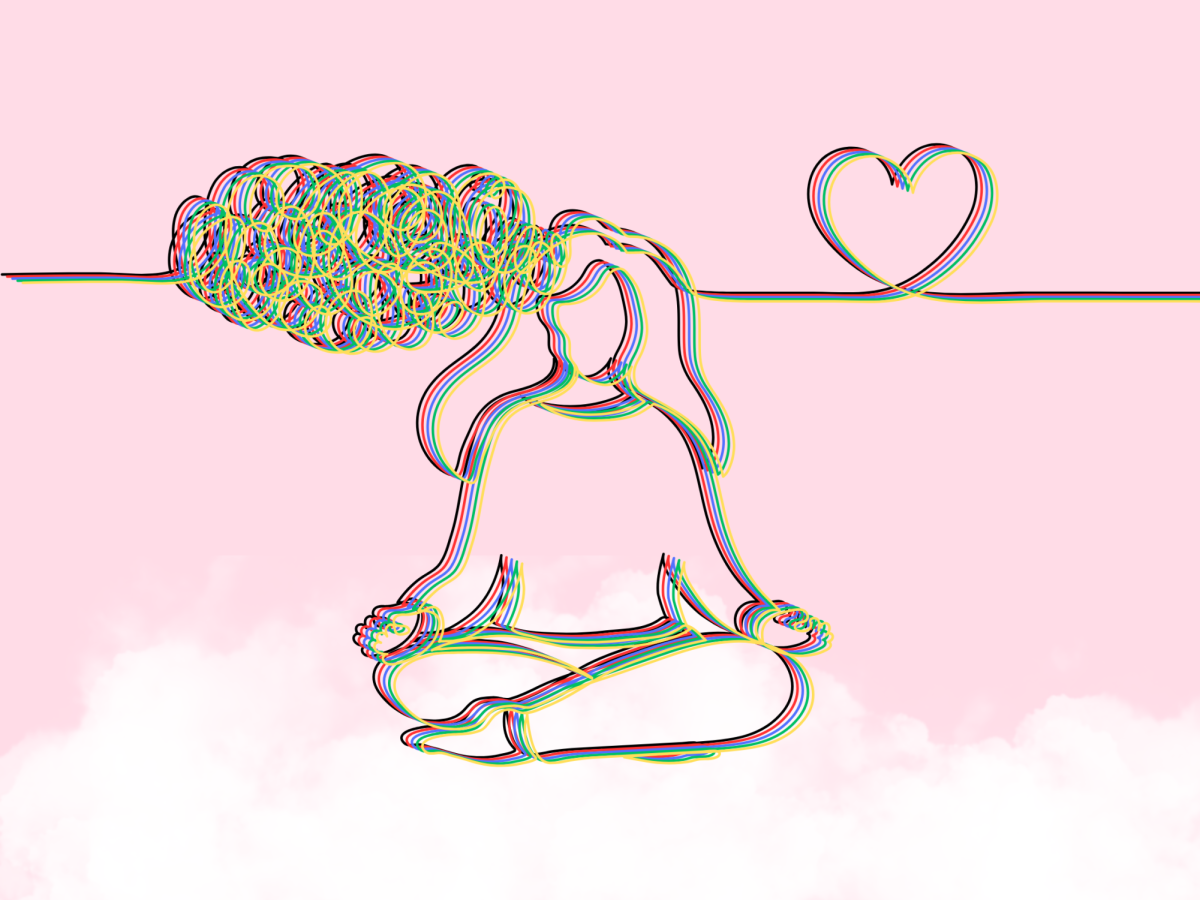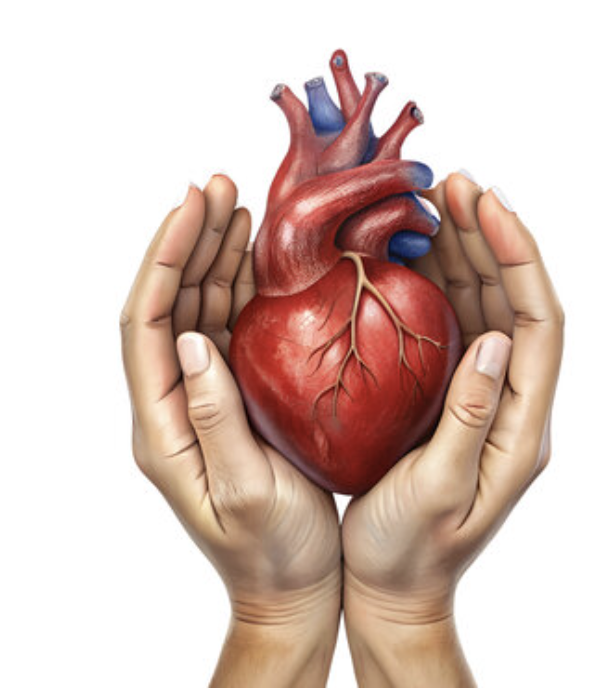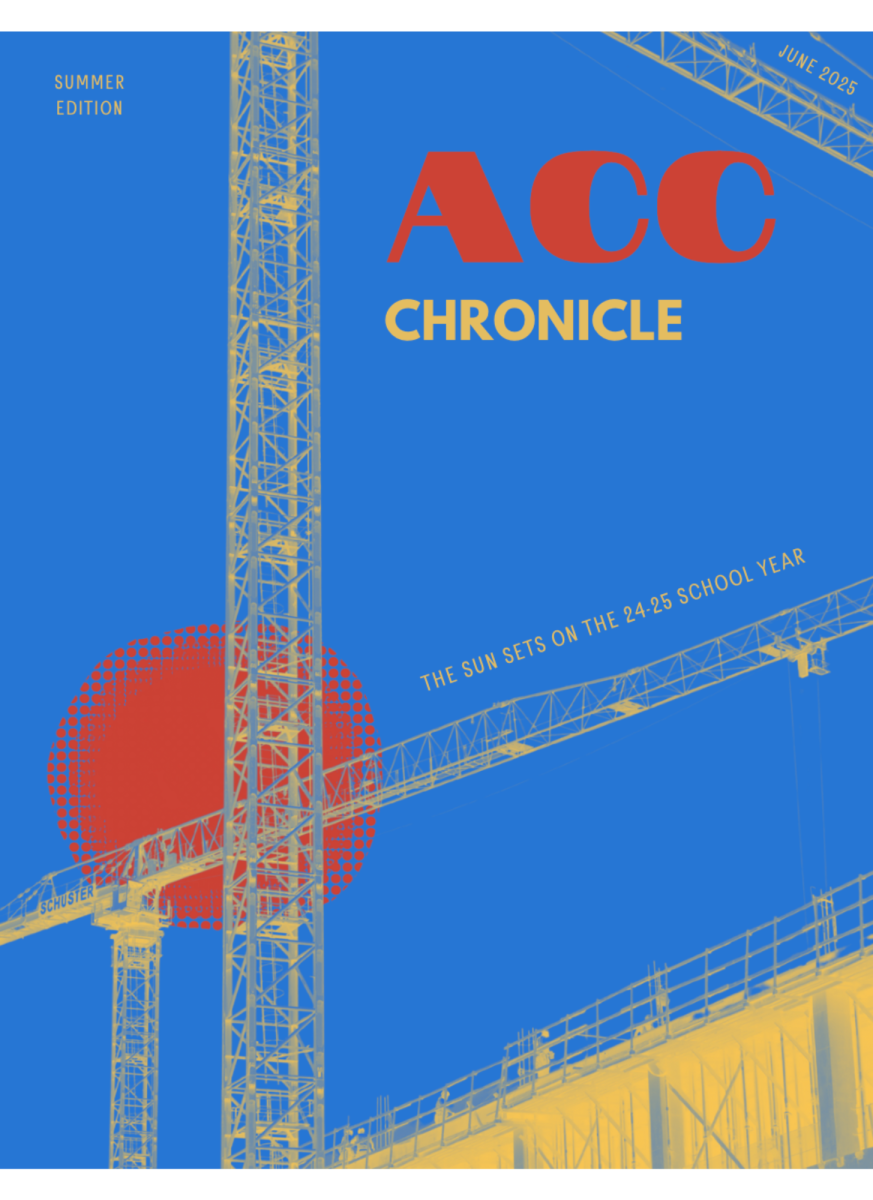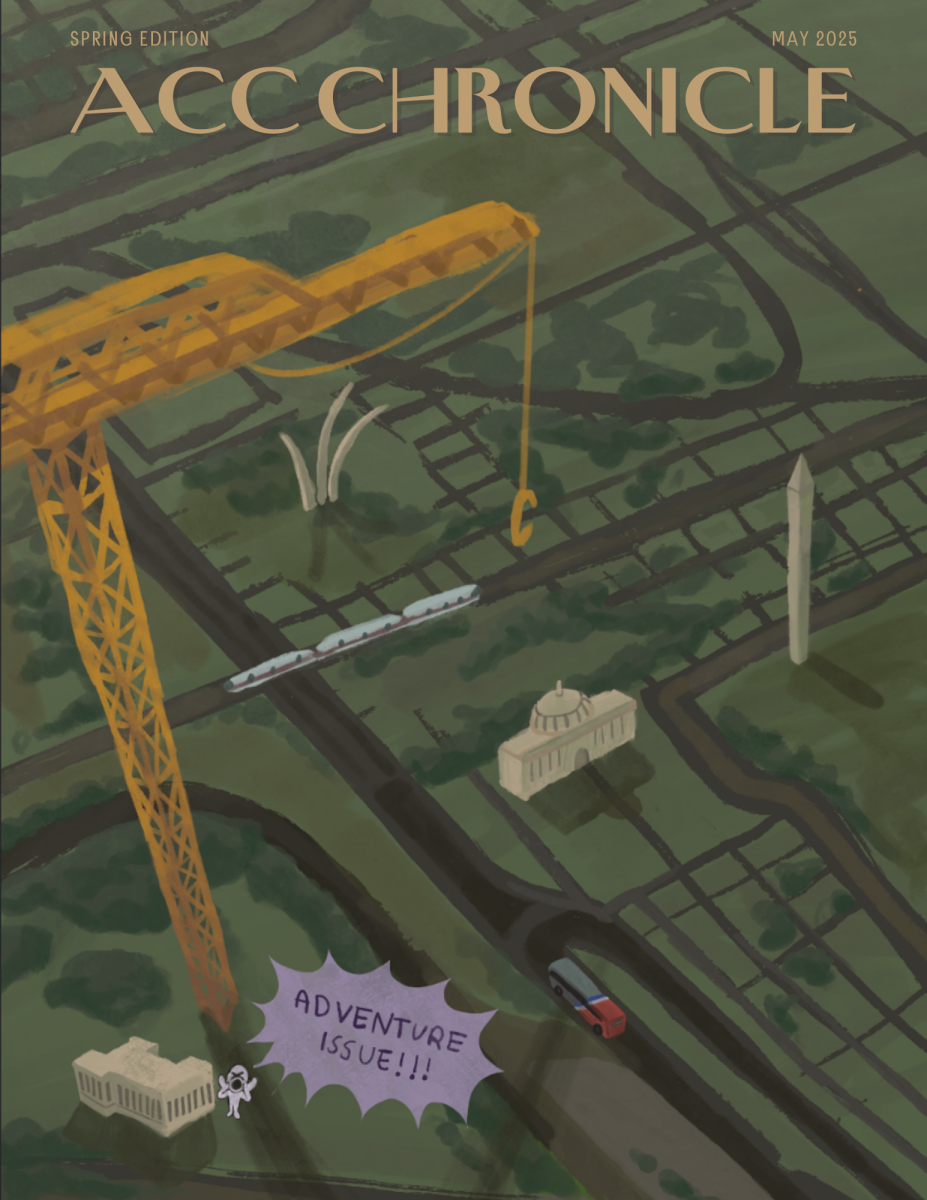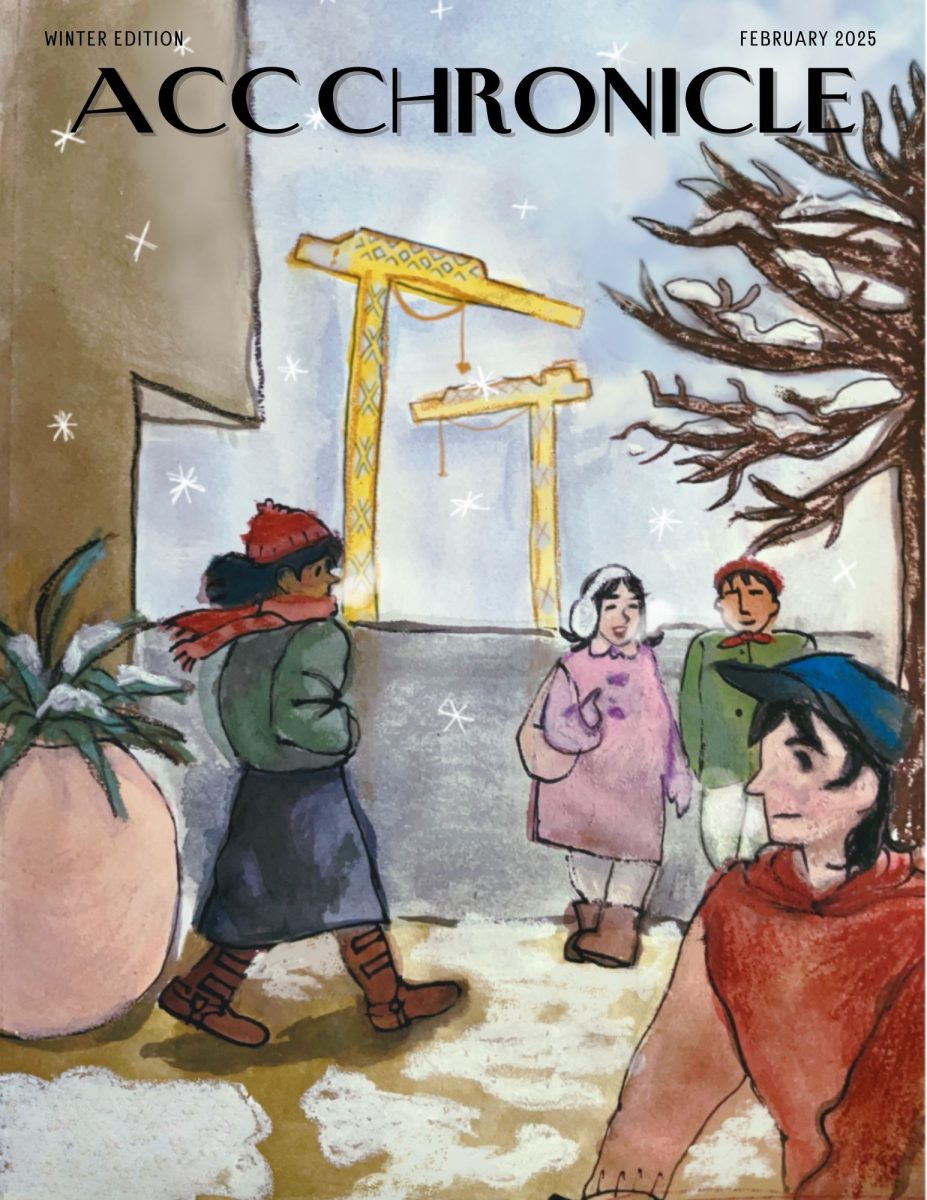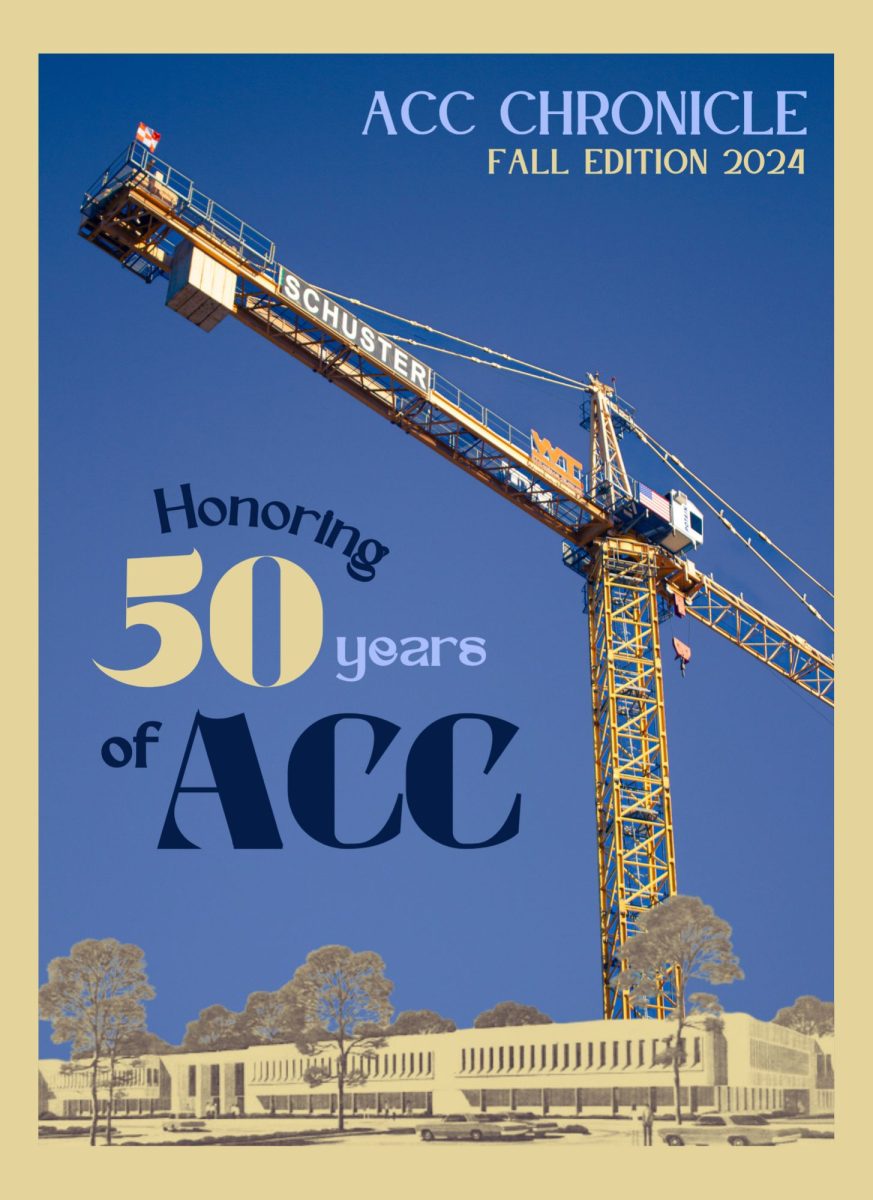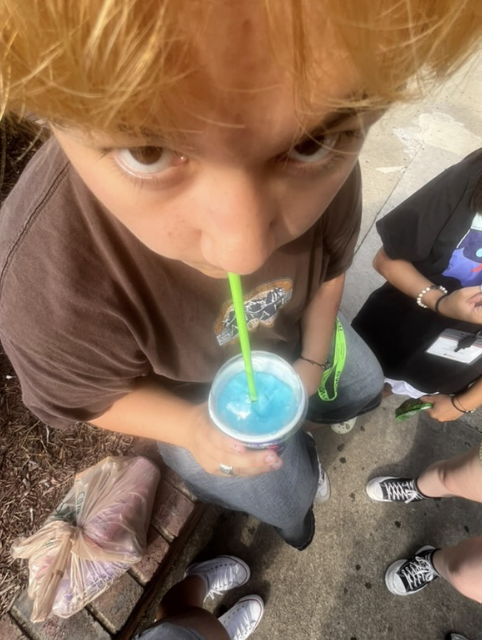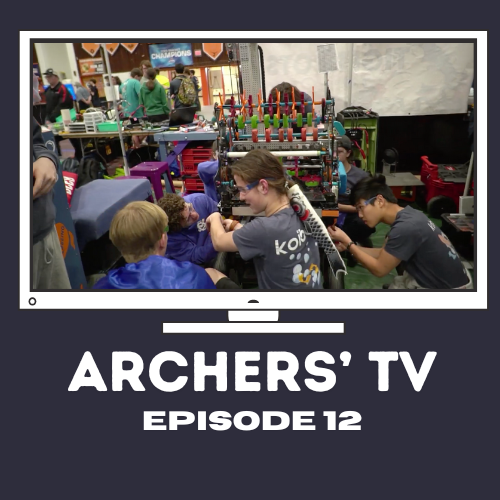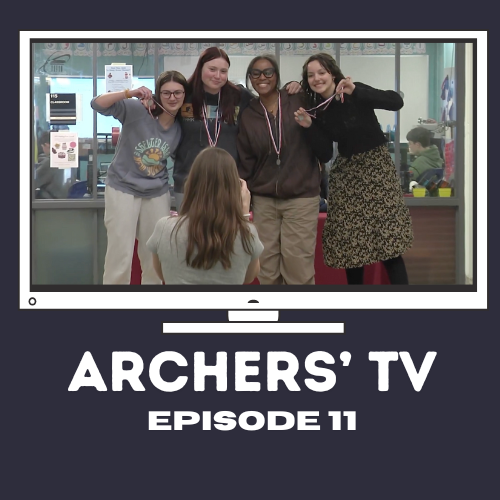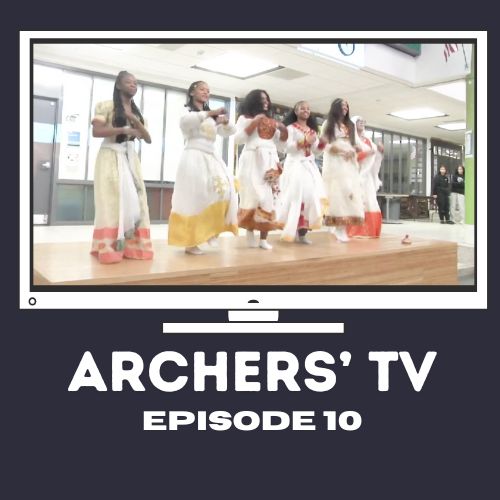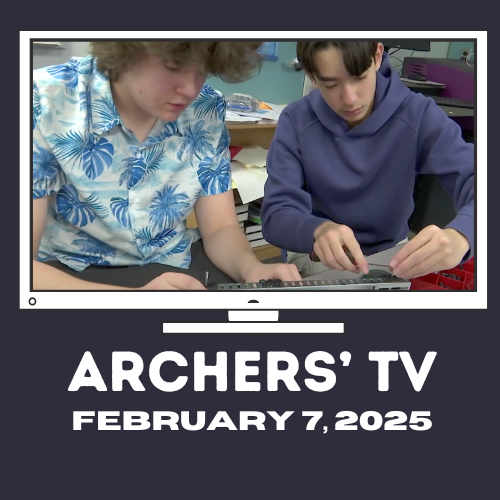On the National Mall, there are many museums that people come from all over the world to visit. One of the most popular and well-known is the Natural History Museum, known for its ocean exhibit, the Hope Diamond, and the elephant, named Henry, that greets everyone when they first arrive. Though those are the most well-known, there are still many other smaller exhibits scattered around both floors of the museum that are still as interesting, but are often overlooked.

One of the newer exhibits that isn’t super well known, except to those who read the large banners hanging outside advertising it, is the Lights Out exhibit located on the second floor. This exhibit talks about stars and more specifically the impact that light pollution has on people’s ability to see the stars and the impact it can have on the animals. When first walking into the exhibit, the fact that it revolves around light pollution isn’t very clear; it just seems like a fun exhibit with lots of photos of the galaxy, and getting to just see the sky in ways that aren’t often visible for people who live in cities. Soon after walking in, it becomes clear, the real and important message the exhibit is trying to convey—the harm that light pollution can cause and how it impacts many without them even realizing it. The exhibit explains not only how our view of the night sky has changed over the years, but also how the possibility of seeing the galaxy in full isn’t very far off; you just need a place with less light pollution. Additionally, it talks about how different animals that require darkness are

affected when there is light pollution, which messes up their natural rhythms and cycles.
Once you go through the parts about the changes and negative impacts that light pollution is having, the exhibit leads to a little movie about space and the stars; it isn’t very long, but is a quiet place to relax and take a load off before walking through the rest of the museum. Beyond that, the exhibit talks about what can be done to help mitigate the impacts that humans have. It does this by explaining ways that engineering and other small changes can
make large impacts in how light pollution impacts everything. Just as the exhibit ends, there is an interactive item where someone can see and feel the galaxies and how they change based on the light. More light means fewer pronounced (bright) stars and just fewer things that can be felt.

This exhibit is a great place for anyone who loves to look at stars or cares about seeing the way humans impact day-to-day reality. Not only is it good for space lovers, but if you just want a relatively small exhibit or an exhibit that isn’t super loud or super busy, this exhibit might be for you. If you choose to go, make sure to notice the small details while on the National Mall.

